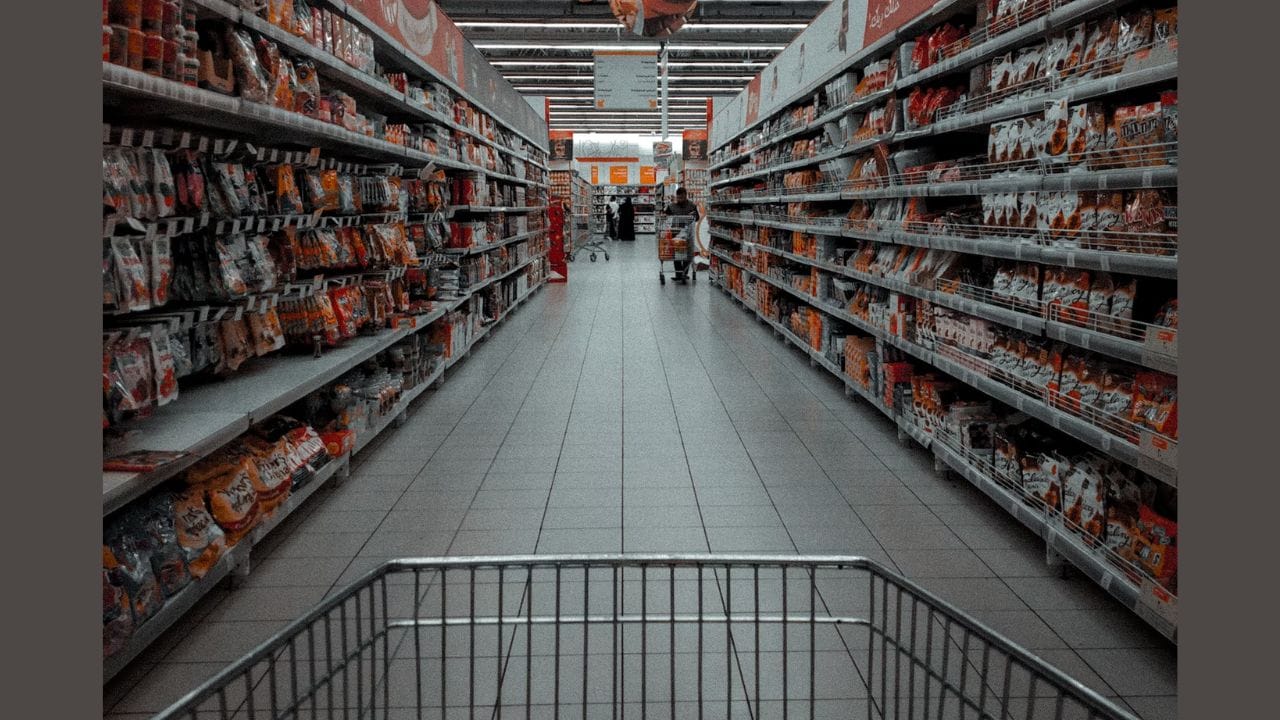By Shilpa Ranipeta
India’s fast-moving consumer goods industry grew 9% in the July to September quarter of 2023, data from consumer intelligence firm NIQ (NielsenIQ’s) FMCG Snapshot for the quarter showed. This growth came on the back of volume growth surpassing price growth for the third quarter in a row.
For the quarter, volumes in the FMCG industry grew by 8.6%, indicating an 8% growth over the same period last year, while price growth came in at just 0.3%. This is also the highest volume growth recorded by the industry in nine quarters, after a 21.1% volume growth seen in the April-June quarter of 2021, and the 8% volume growth in the January-March quarter of 2021, both of which saw the second wave of COVID, which led to increased stocking up.
NIQ India’s data also indicates that rural markets are showing signs of recovery, with consumption picking up during this quarter as compared to Q3 of 2022. Rural growth, which turned positive in Q1 of 2023, came in at 6.4% in the July-September quarter, as against a 4% growth last quarter and a decline of 3.6% in the same quarter last year. Meanwhile, urban markets maintained a stable rate of consumption growth with the same volume growth of 10.2% as last quarter as well.
“The FMCG industry has witnessed a further reduction in price growth from last quarter and has given a necessary impetus to the spending power of the consumer, this is evident in the rural markets in particular where there is an uptick in consumption across categories.
Overall, cooling of inflation in the country fueled by base effects; a recent decline in unemployment figures, and LPG prices amongst other factors have contributed to the willingness of the consumer to spend,” said Satish Pillai, managing director, NIQ India in a statement.
Roosevelt D’souza, Lead of Customer Success at NIQ India added that there has been an increase in consumer spending on discretionary categories like personal care and home care products, which suggests that rural consumers are beginning to spend beyond essential categories. “This change in spending could be attributed to easing inflationary pressures,” he said.
In terms of categories, NIQ India said at an all-India level, both the food and non-food sectors are contributing to the growth in consumption, while non-food categories grew faster. Non-food categories grew at 12.4% aided by a higher price growth (3.4%) as compared to food categories (-1/5%).
Foods saw an overall value growth of 7.1%, while volumes for both grew 8.7% each in Q3 of 2022. This growth is primarily driven by products falling under the impulse (like salty snacks, chocolates, and confectionery) and habit-forming (like biscuits, tea, coffee, etc.) categories. “Impulse food categories continue to exhibit strong growth, and we see a growth recovery in habit-forming categories such as biscuits, tea, noodles, coffee, etc. after five quarters,” D’souza said.
Notably, volume growth for personal care has turned positive for the first time in rural. In urban areas as well, the non-food sector is witnessing an improvement in consumption growth, with a growth rate of 10.4% in Q3 2023, up from 8.9% in Q2 2023.
Consumption is being propelled by an increase in the number of units sold across rural, traditional trade (TT), and modern trade (MT). NIQ India said modern trade is experiencing robust double-digit consumption growth at 19.5%, while traditional trade is also on the rise, with consumption improving to 7.5% in Q3 2023, up from 6.2% in the preceding quarter (Q2 2023).
In terms of pack sizes, smaller-sized packs have higher off-take in rural while in urban markets average pack sizes turn positive, though there is a continued preference towards larger packs. NIQ said while this indicates positive consumption patterns at an all-India level, the increased consumption can also be attributed to the ‘robust expansion’ of the FMCG sector. “This renewed optimism across the country augurs well for the festive season,” D’souza added.
Most FMCG companies, however, in their results for the July-September quarter, reported sluggish volume growth and indicated that while there are signs of recovery, the cautious optimism continues, the caution coming from erratic monsoon and food inflation, which has delayed rural growth to a certain extent, despite a fall in the overall cost of commodities.
For instance, Ritesh Tiwari, CFO of HUL said while addressing the media post its Q2FY23 results that rural markets are yet to recover fully and that volume recovery will be gradual. ITC, on the other hand, said consumption demand has been relatively subdued, especially in the value segment and rural markets on the back of sub-par monsoons and persistent Food inflation which saw a sharp spike during the quarter.
However, it added that green shoots of recovery are visible, with prospects of improved agri output, the onset of the festive season, an increase in rural wages, and government spending on infrastructure auguring well for a recovery in rural markets.
Britannia’s Varun Berry also pointed out to a slowdown in FMCG while answering an analyst question. “What we are seeing is a clear slowdown in rural. And despite our continuing to get deeper into rural areas, getting into more villages, etcetera, we have started to see the rural economy splutter a bit.
However, these are macro issues that companies like us cannot sort out. We continue to go on our agenda of building distribution because we know that — while we have had a weak monsoon and the agriculture economy has not been the greatest this year, we know that this will come back. And when it comes back, we will benefit from that,” he added.
